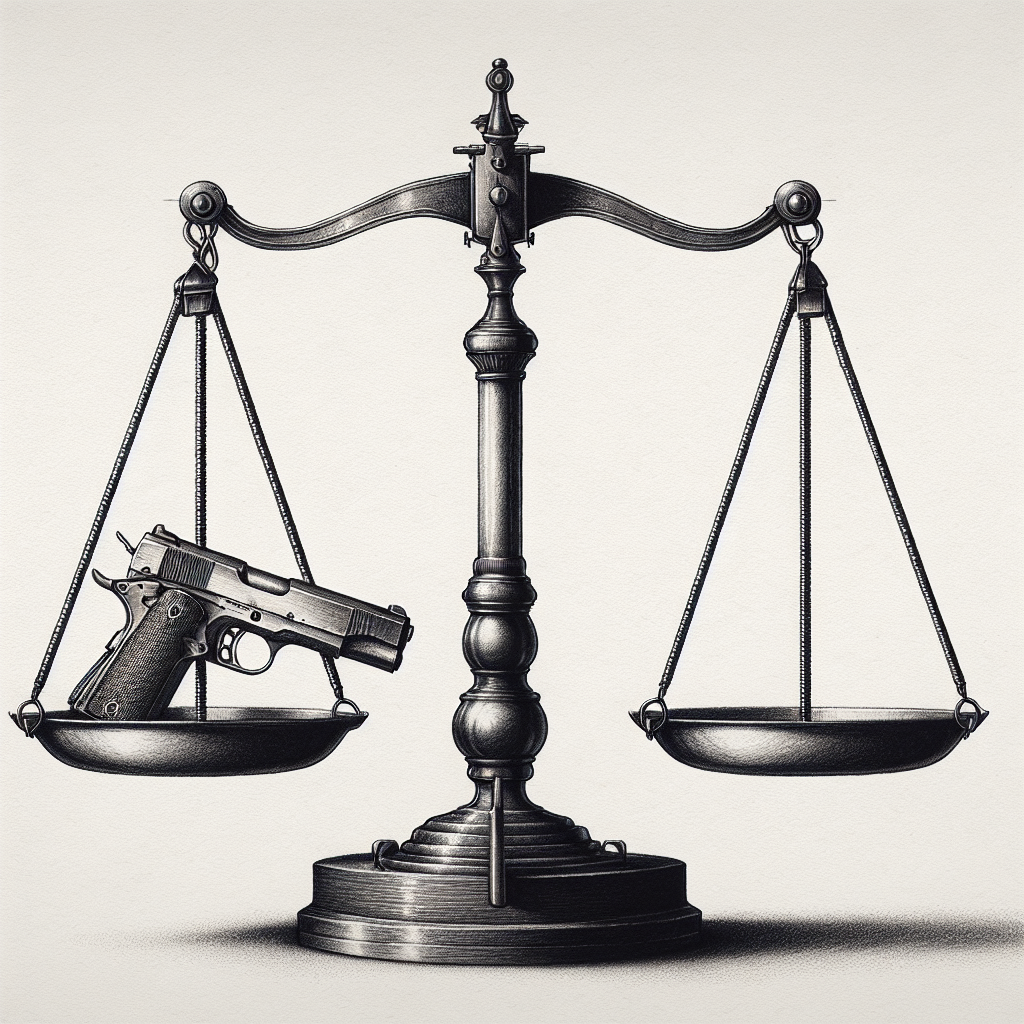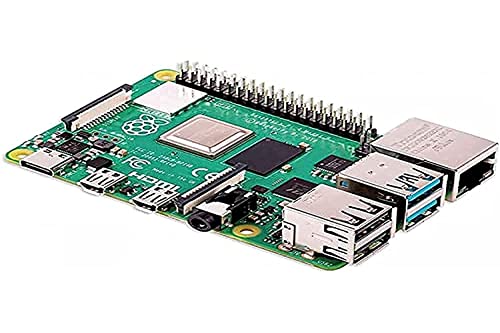
The Call to Censor: A Critical Analysis of D.A. Bragg's Letter to Creality
In a recent letter, Manhatten District Attorney Bragg urged Creality, a leading manufacturer of 3D printing technology, to implement measures to prevent the printing of "ghost guns" using their devices. This call to action raises significant concerns from both technical and free speech perspectives. As we delve into the implications of such a request, it becomes evident that the issue is far more complex than a simple fix. Creality was an early entrant into the affordable home 3D printing scene. They were responsible for inexpensive, assembly-required, 3D printers such as the Ender 3 and Ender 3 Pro.
Technical Feasibility: Can Software Accurately Detect Firearm Parts?
From a technical standpoint, the idea of developing software that can accurately detect and prevent the printing of firearm parts is daunting. The complexity of 3D modeling and the vast array of possible designs make it challenging to create an algorithm that can reliably identify potential gun components. Moreover, the constant evolution of 3D printing technology and the creativity of users in designing new models would require continuous updates to such software, making it a difficult task to keep pace with.
Furthermore, the use of artificial intelligence (AI) to recognize shapes of common gun parts, as mentioned in the context of the "3D GUN'T" program developed by Print&GO, is not foolproof. AI can be tricked or bypassed by modifying designs or using alternative models that do not match the predefined patterns in the database. This cat-and-mouse game would lead to an arms race between those trying to prevent the printing of ghost guns and those attempting to find ways around the restrictions.
New Jersey's Approach: Restricting Access to 3D Shape Files
In a similar vein, New Jersey has taken a stance on restricting access to 3D shape files of gun parts. The state argues that these digital files constitute "firearms" under New Jersey law, which prohibits the manufacture or sale of unregistered firearms. This interpretation is based on the idea that the digital files can be used to create functional firearm components, thereby making them equivalent to physical firearms.
However, this approach raises significant constitutional concerns. The Second Amendment protects the right to bear arms, and the restriction on accessing 3D shape files could be seen as an infringement on this right. Moreover, the First Amendment protects freedom of speech, which includes the creation and dissemination of information, such as digital designs. By restricting access to these files, New Jersey's approach may be seen as a form of prior restraint, which is generally disfavored under the First Amendment.
Free Speech Perspective: The Right to Unrestricted Use of 3D Printing Technology
The request for Creality to restrict its users from printing certain items raises significant free speech concerns. The First Amendment protects the right to freedom of expression, which includes the creation and dissemination of information, such as 3D models. While the intention behind preventing the printing of ghost guns is to reduce the risk of illegal firearms, it sets a dangerous precedent for censorship in the 3D printing community.
There are legal precedents that support the idea that companies have the right to not restrict their users from using specific instruction files. In the case of Bernstein v. United States, the court ruled that software code is a form of speech protected by the First Amendment. This ruling suggests that attempts to restrict the use of certain 3D models or instruction files could be seen as an infringement on free speech rights.
First Amendment Implications and Censorship in 3D Printing Communities
The potential first amendment implications of censorship in 3D printing communities are far-reaching. If companies like Creality are compelled to restrict the use of their technology for certain purposes, it could lead to a slippery slope where other forms of expression are also censored. The 3D printing community is built on the principles of open-source sharing and collaboration, and introducing censorship mechanisms could stifle innovation and creativity.
Moreover, the enforcement of such restrictions would require significant resources and infrastructure, potentially leading to a chilling effect on the development of new technologies. The precedent set by such actions could also be used to justify censorship in other areas, such as restricting access to certain types of information or limiting the use of specific software.
Conclusion
In conclusion, while the intention behind D.A. Bragg's letter is to reduce the risk of illegal firearms, the request for Creality to implement measures to prevent the printing of ghost guns raises significant technical and free speech concerns. The development of software that can accurately detect firearm parts is a complex task, and the constant evolution of 3D printing technology and the creativity of users in designing new models would require continuous updates to such software.
New Jersey's approach to restricting access to 3D shape files of gun parts raises constitutional concerns, including potential infringements on the Second Amendment right to bear arms and the First Amendment right to freedom of speech. The restriction on accessing these digital files could be seen as a form of prior restraint, which is generally disfavored under the First Amendment.
Ultimately, any attempt to restrict access to 3D shape files or censor the use of 3D printing technology must be carefully considered in light of the potential constitutional implications and the need to balance public safety concerns with individual rights and freedoms.
